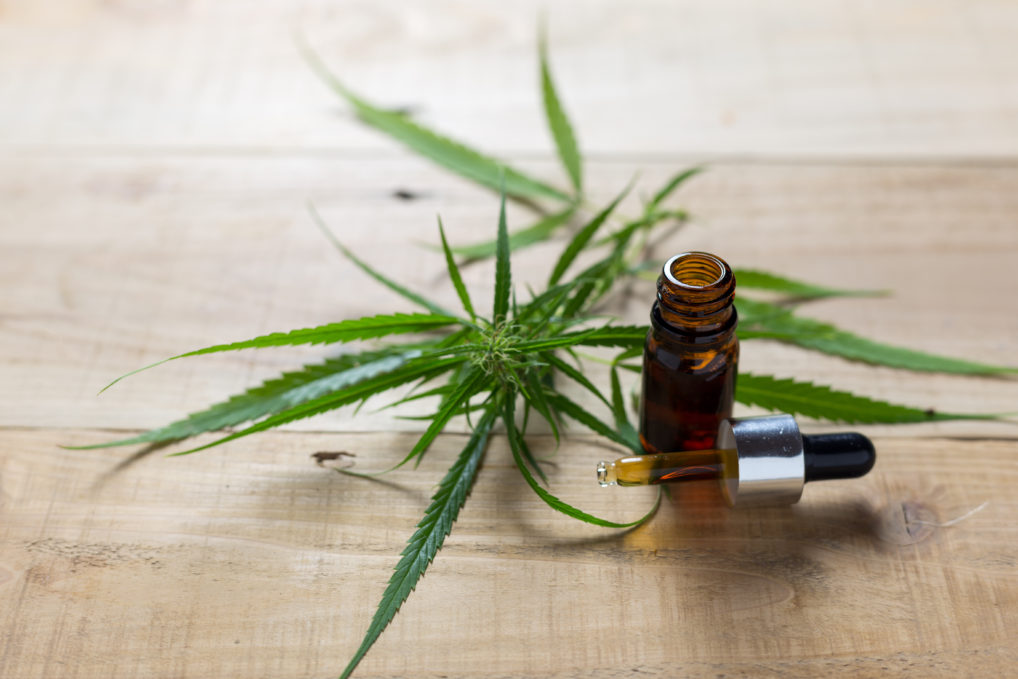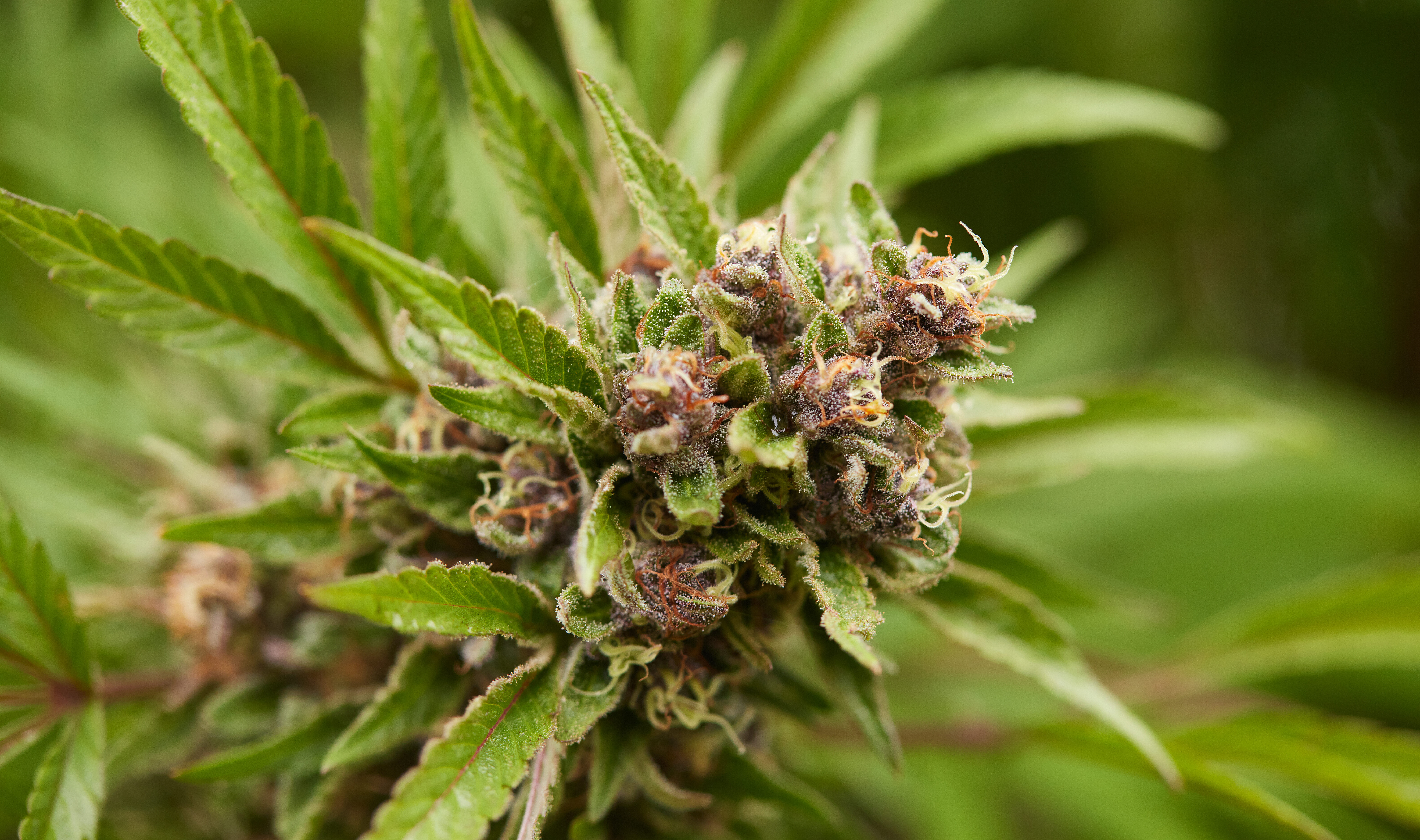Cannabinol (CBN) is a phytocannabinoid found in the cannabis plant. It results from the breakdown of tetrahydrocannabinol (THC), the primary intoxicating compound in cannabis, as it ages and is oxidized. Unlike THC, CBN is only mildly intoxicating.
Learn about CBN's effects, potential benefits, and where to find CBN products.
What are the effects of CBN?
CBN is anecdotally known for its sedative effects, which is why it's commonly known as “the sleepy cannabinoid in old weed.” Given its potential sedative effects and dominant presence in aged cannabis, it has a reputation for being both a sleepy cannabinoid and one less desirable than THC or CBD, though more research is needed to make a fair comparison.
Does CBN get you high?
CBN is known to have only mildly intoxicating effects, especially when compared to delta-9 THC. Even though CBN is a product of the degradation of THC as it oxidizes, its intoxicating effects are much less potent. It's generally more associated with sedation and relaxation rather than the "high" typically associated with THC.
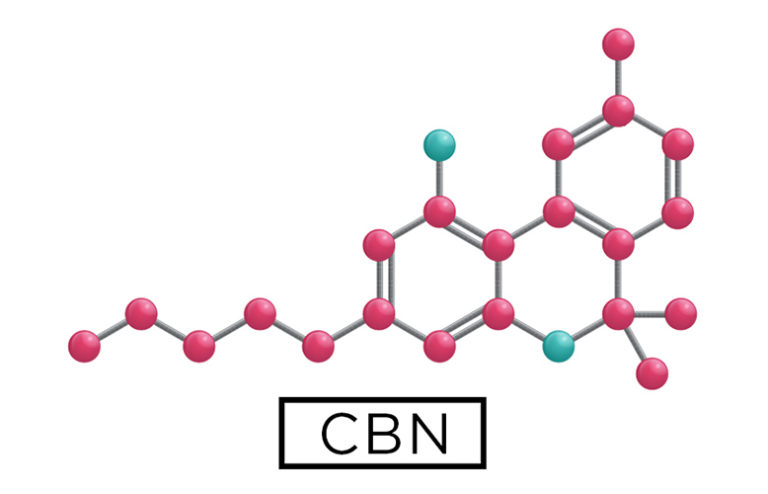 Photo by: Weedmaps
Photo by: WeedmapsImage lightbox

That said, individual responses to cannabinoids can vary widely, and the overall effect might also depend on the concentration of CBN and the presence of other cannabinoids in the product. Start with a low dose and proceed slowly, especially if you are new to cannabis-derived products, to understand how your body reacts to them.
CBN vs. THC: What's the difference?
CBN and THC are both cannabinoids found in the cannabis plant, but they have different properties and effects:
- Chemical structure: CBN forms from the degradation of THC when exposed to heat and light, resulting in a different chemical structure and lower psychoactivity. THC is the primary intoxicating compound in cannabis, responsible for the classic weed high.
- Effects: Anecdotally, CBN is mildly intoxicating and often associated with sedative effects. THC is known for its strong intoxicating effects, including euphoria and altered perception.
- Legality: CBN's legality often depends on the source; hemp-derived CBN is more likely to be legal across the US. THC's legality, by contrast, varies widely; in many places, it's regulated or illegal due to its classification as a Schedule I drug on the Controlled Substance Act.
- Occurrence in cannabis: CBN is found in smaller amounts, typically in older cannabis, as THC degrades. THC is abundantly present in most cannabis strains.
- Potential benefits: CBN is believed to have sedative properties, potential for pain relief, and anti-inflammatory effects. THC is commonly used for pain relief, nausea control, and appetite stimulation, and it may help with sleep disorders, among other benefits.
CBN vs. CBD: What's the difference?
CBD and CBN are two very different cannabinoids growing in popularity. Here's how they contrast:
- Chemical composition: CBD is a natural compound found in cannabis and hemp plants that is altogether different from THC. CBN develops when THC degrades over time, especially under light and heat, resulting in a distinct chemical structure.
- Effects: CBD is non-intoxicating, meaning it does not cause a "high." CBN is mildly intoxicating — much less so than THC.
- Legality: CBD is generally legal in the US when derived from hemp. CBN's legal status is more ambiguous, often dependent on whether it's derived from hemp or cannabis.
- Potential benefits: CBD is well-known for a variety of proven therapeutic benefits like anxiety relief, anti-seizure properties, pain relief, and anti-inflammatory effects. CBN is currently being researched for potential benefits like sedative effects, pain relief, and anti-inflammatory properties.
What are the benefits of CBN?
CBN has less research compared to other cannabinoids, but available evidence suggests potential health and wellness benefits:
- Anti-inflammatory and anti-convulsant: CBN shows anti-inflammatory and anti-convulsant properties even when used alone.
- Appetite stimulation: In animal studies, CBN has been found to stimulate appetite in rats.
- Sedation: A 2011 study in the British Journal of Pharmacology noted that THC combined with CBN might produce a sedated, "couch-locked" body high, which could explain the relaxing effects of older cannabis products like Moroccan hashish. Steep Hill Labs' 2017 analysis suggested that a small dose of CBN might be as effective as a pharmaceutical sedative, though this finding wasn't peer-reviewed. In October 2023, a new placebo-controlled study was published that compared the effects of CBN with or without CBD on sleep quality. The researchers found that 20 milligrams of CBD had "a nonsignificant but potentially meaningful effect on sleep quality, and significantly reduced number of awakenings and overall sleep disturbance.”
- Pain relief: When combined with CBD, CBN may offer pain relief.
What are the side effects of CBN?
The side effects of CBN are not as well studied as those of CBD and THC; however, based on available research and anecdotal reports, some potential side effects may include:
- Appetite changes: Although not as pronounced as with THC, CBN might influence appetite, either stimulating or suppressing it.
- Drowsiness: Given its reported sedative properties, CBN might cause drowsiness or sleepiness, which could be a benefit for some users but a side effect for others, especially when operating heavy machinery or driving.
- Drug interactions: CBN could interact with certain medications, altering their effectiveness or causing unwanted side effects. This is especially important for those taking medications with a "grapefruit warning," as cannabinoids can affect the same enzymes in the liver.
- Dry mouth: As with many cannabinoids, CBN may inhibit saliva production, leading to dry mouth.
- Lightheadedness: Some cannabinoids can cause a temporary drop in blood pressure, which might result in lightheadedness or faintness.
- Mild intoxicating effects: While CBN is far less intoxicating than THC, it can still have mild effects, particularly in higher doses or in individuals with sensitivity to cannabinoids.
Types of CBN products
CBN products have become much more popular in recent years. Here are some of the common types of CBN products you might find:
Oils and tinctures
These are liquid forms of CBN that are taken orally, usually with a dropper. Tinctures can be placed under the tongue for quicker absorption or added to food or beverages.
Capsules
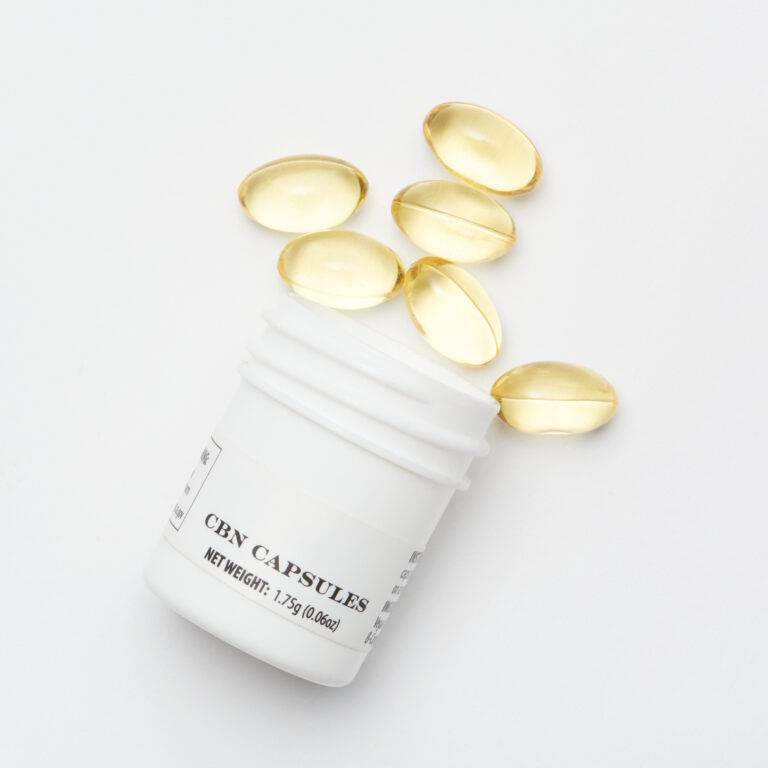 Photo by: Gina Coleman/Weedmaps
Photo by: Gina Coleman/WeedmapsImage lightbox

For those who prefer a more precise dosage or don't like the taste of oils, CBN is available in capsule or pill form.
Edibles
Similar to CBD edibles, CBN is infused into various edible products like gummies, chocolates, or baked goods. This is a more palatable way to consume CBN, though the onset of effects takes longer than sublingual methods. Some companies are even infusing CBN into drinks like teas, sparkling waters, or mocktails as a way to consume the compound.
Topicals
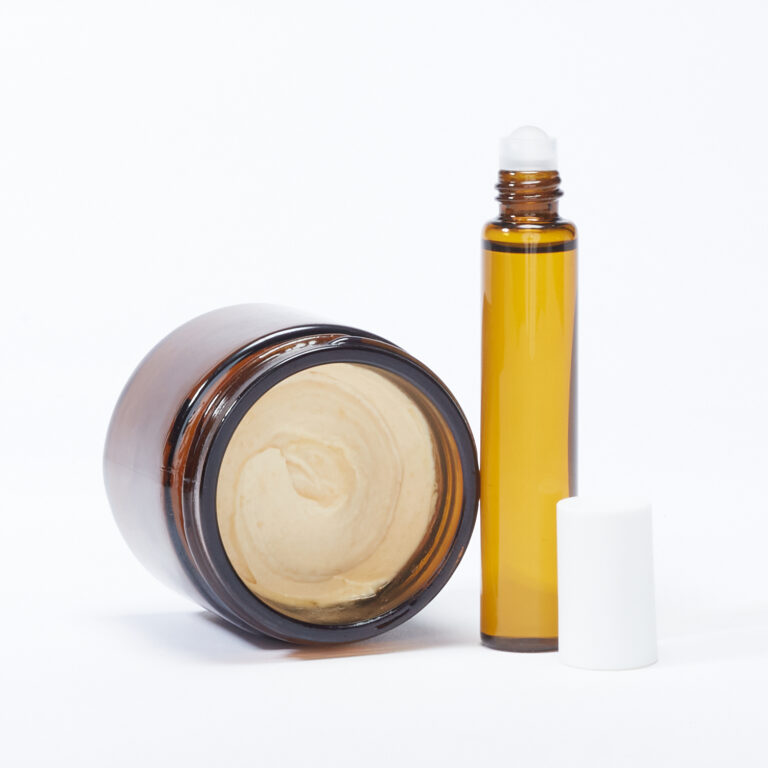 Photo by: Gina Coleman/Weedmaps
Photo by: Gina Coleman/WeedmapsImage lightbox

These are creams, balms, and lotions infused with CBN. Topicals are applied directly to the skin and are used for localized relief of pain or inflammation.
CBN isolates
These are products that contain pure CBN, with no other cannabinoids or cannabis compounds. Isolates are often a choice for those looking to specifically explore the effects of CBN alone.
Vape cartridges
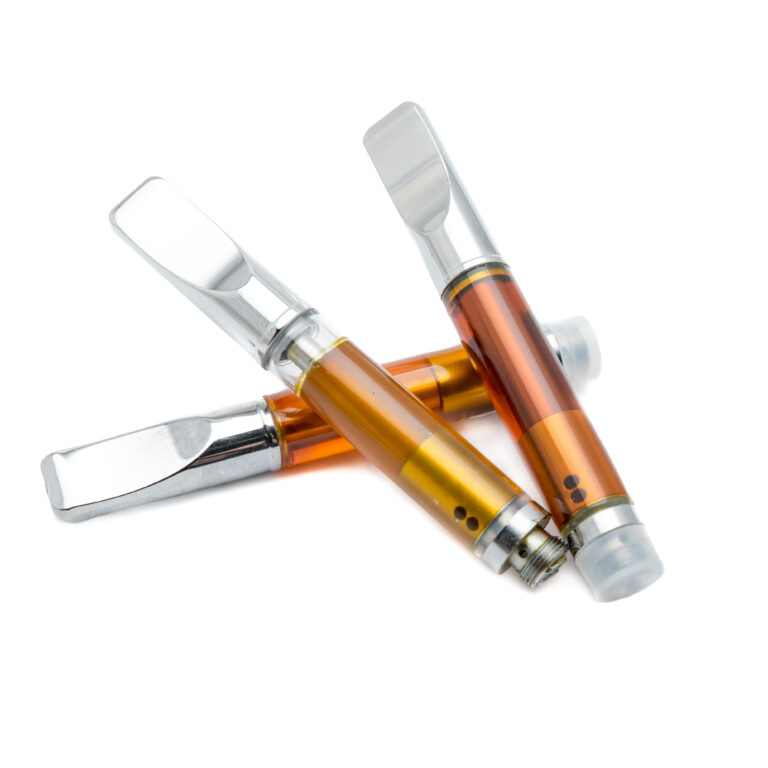 Photo by: Gina Coleman/Weedmaps
Photo by: Gina Coleman/WeedmapsImage lightbox

For those who prefer inhalation, CBN can be found in vape cartridges. This method typically provides quicker effects but also comes with the risks associated with vaping, which may affect lung health.
CBN-infused sleep aids
Given its reported sedative properties, some sleep aid products specifically include CBN, often in combination with other cannabinoids like CBD or melatonin.
What cultivars are high in CBN?
CBN is unique in that it is not produced directly by the cannabis plant in significant amounts. Instead, CBN is primarily formed as a degradation of THC, making it a minor cannabinoid. As THC ages, it breaks down and converts into CBN, especially when exposed to light and oxygen.
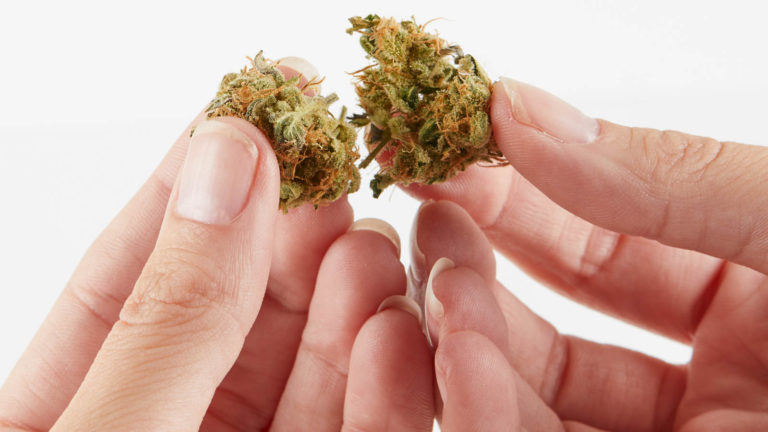 Photo by: Gina Coleman/Weedmaps
Photo by: Gina Coleman/WeedmapsImage lightbox

Due to this process, there aren't specific cultivars that are naturally high in CBN in their freshly cured state. However, certain conditions can lead to higher CBN levels in cannabis:
- Aging or mature cannabis: Strains that have been aged or stored for an extended period (a year or more) are more likely to have higher levels of CBN. This is because THC degrades over time, especially under improper storage conditions.
- Prolonged exposure to air and light: Cannabis that has been exposed to oxygen and light will have higher CBN content due to the oxidation of THC. Cured cannabis flower is kept in sealed jars in dark, cool places to prevent this process from happening.
- High-THC strains: In theory, strains that initially have a high THC content could potentially yield more CBN as they degrade. So, older samples of high-THC strains might be richer in CBN.
Bottom line
CBN is primarily a byproduct of THC degradation, not produced in significant amounts in fresh cannabis plants. As a result, it's often relatively expensive to purchase distilled CBN products. To experiment with CBN inexpensively, consider smoking older weed that you otherwise might've tossed out. As long as it's not moldy, there's no harm in smoking older weed.
FAQ
Is CBN intoxicating?
Somewhat. CBN produces a much milder, though still intoxicating, high compared to THC.
Is CBN legal?
CBN is not on the list of scheduled controlled substances in the US; however, the legal issue may prove to be more complex as CBN could be considered an analog of CBD or THC, which are both Schedule I substances under federal law. Hemp-derived CBD is legal in the US.
What's the average price for CBN?
The price of CBN products can vary widely based on factors like concentration, product type, brand, and quality. A CBN tincture, for example, can cost anywhere from $50 to $200, depending on the brand and retailer.
Why is CBN so expensive?
CBN isolate is relatively expensive because it occurs in smaller quantities in the cannabis plant compared to other cannabinoids like CBD or THC, making it rarer. Extracting and isolating CBN is also more complex and costly, as it typically involves converting THC into CBN, which requires additional steps and precision. Additionally, CBN is a newer entrant in the cannabinoid market, and with its growing popularity, demand has increased. This combination of limited natural occurrence, complex extraction processes, and rising market demand contributes to the higher price of CBN products.
This article was reviewed by Bonni Goldstein, MD, a physician specializing in cannabis medicine in Los Angeles, California, owner and medical director of CannaCenters, and medical advisor to Weedmaps.com.


